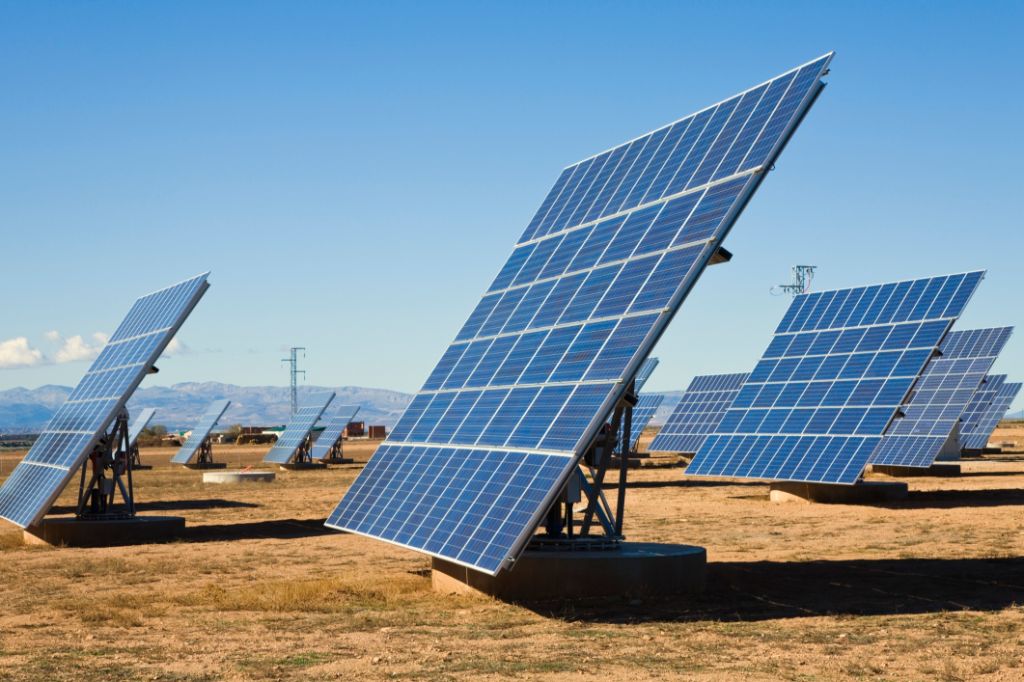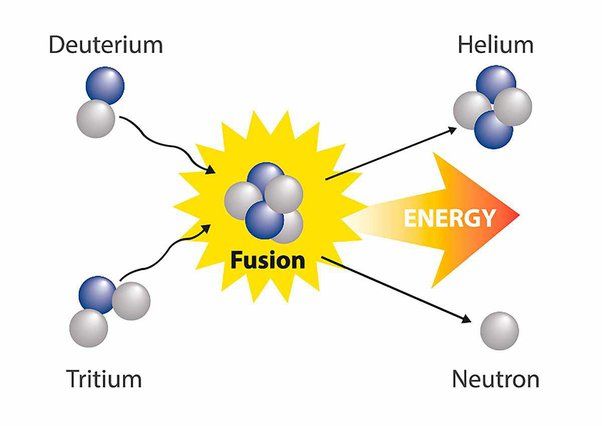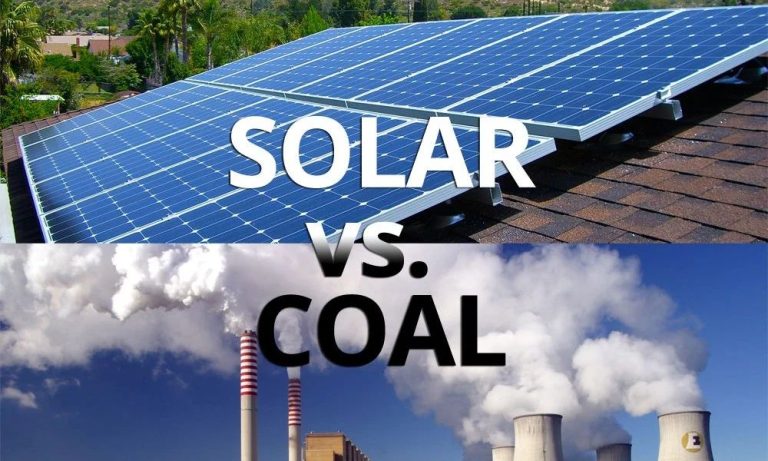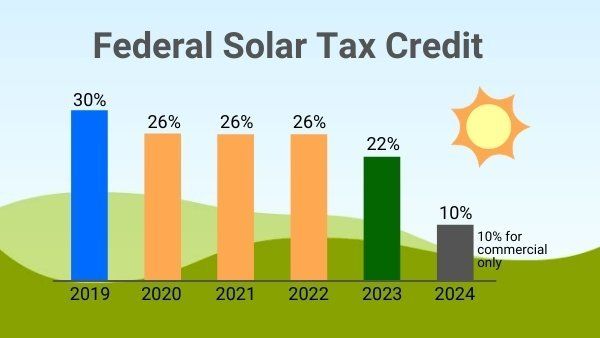How Has Solar Energy Impacted Society?

Solar energy refers to technologies that harness power from the sun’s radiation. The concept behind solar power has been around for over a century, with people using items like magnifying glasses to focus sunlight and start fires. However, it wasn’t until the late 19th and early 20th centuries that some groundbreaking discoveries set the stage for mainstream solar energy usage:
The concept of the photovoltaic effect was first recognized in 1839 by French physicist Antoine César Becquerel. He discovered the link between electricity and light, observing that some materials would generate small amounts of electric current when exposed to light. The first usable solar cell wasn’t invented until 1883 by American inventor Charles Fritts. He created the world’s first solar cells using selenium wafers. While Fritts’ solar cells were very inefficient at less than 1% conversion efficiency, his breakthrough established solar energy as a viable technology.
In the early 20th century, Albert Einstein helped explain the photoelectric effect, for which he later won the Nobel Prize in Physics in 1921. Bell Laboratories developed the first modern silicon solar cell in 1954. Through the decades, incremental improvements were made in solar cell efficiency and manufacturing methods, setting the stage for widespread solar adoption starting in the 1970s during the energy crisis.
Today, solar power accounts for about 2% of U.S. electricity generation. With costs continuing to decline and efficiency improving, solar energy holds great promise to reduce fossil fuel reliance and provide sustainable, renewable energy far into the future.
Lower Electricity Costs
One of the biggest impacts solar energy has had is reducing electricity costs for homeowners and businesses. Installing solar panels allows consumers to generate their own electricity, reducing or even eliminating their electricity bills. According to a presentation by the Congressional Evans Office, solar energy can provide electricity cost savings of up to 50-70% for homeowners (https://evans.house.gov/sites/evo-subsites/evans.house.gov/files/evo-media-document/pa-3-inflation-reduction-act-presentation-final-compressed.pdf).
For businesses, solar energy can provide similar savings on electric bills. Apps like PrimeX Smarthome provide real-time data on the amount of electricity generated from solar panels, allowing businesses to track energy savings (https://storespy.net/app-profile/ios/th/utilities/primex-smarthome/6463716263). Whether residential or commercial, solar energy lowers reliance on utilities and reduces monthly expenses.
These cost savings are an enormous benefit, allowing that money to be spent elsewhere. Over 20 years, solar systems can save consumers tens of thousands in energy costs. This makes solar an extremely attractive option for homeowners and businesses looking to save money.
Job Creation
The solar energy industry has experienced explosive job growth over the past decade. According to the Solar Foundation’s National Solar Jobs Census, more than 250,000 Americans work in solar – an increase of 168% since 2010. The solar workforce grew 10 times faster than the overall US economy, adding over 50,000 jobs from 2018 to 2019 alone.
Solar jobs exist in many forms, from manufacturing and installation to sales, finance and engineering. Roofers and electricians have added solar to their skillsets, while new specialized positions like solar installer have emerged. Top solar job states include California, Florida, Texas, New York and Massachusetts.
What’s driving all these new solar jobs? Falling costs and supportive policies have spurred the installation boom, requiring large solar workforces to meet demand. The residential sector in particular is hot, with home solar installation creating many electrician and sales jobs. Overall, the future looks bright for solar jobs as costs continue to fall and adoption expands.
Energy Independence
Solar energy provides energy independence and security by reducing reliance on imported fossil fuels. Most countries import a significant portion of their energy in the form of coal, oil, and natural gas. For example, the United States imports 7-8% of its total energy from foreign countries, spending billions of dollars per year (Source). Solar energy allows countries, communities, and individuals to generate their own electricity locally through solar panels or solar farms. This decreases dependence on fuel imports and exposure to global price fluctuations and supply disruptions. The more solar energy capacity a country builds, the more energy independent and secure it becomes. According to one study, solar energy in the US could meet up to 39% of electricity demand by 2050, reducing reliance on coal and natural gas imports (Source). Solar supports national security by decentralizing electricity generation, making energy infrastructure less vulnerable to deliberate attacks or natural disasters.
Reduced Pollution
Solar energy provides substantial environmental benefits by reducing air pollution and carbon emissions. According to Dynamics Solar, solar power helps reduce sulfur dioxide and nitrogen oxides, major components of acid rain. Solar energy systems do not produce air pollutants or carbon dioxide. In 2016 alone, solar energy reduced CO2 emissions by 54.7 million metric tons, equivalent to eliminating the emissions from 11.3 million cars. The Olson Solar Energy notes that fossil fuel electricity generation emits pollutants like nitrogen oxide, sulfur dioxide, particulate matter and heavy metals like mercury. By displacing these sources, solar energy prevents emissions that would otherwise harm air quality and public health.
Increased Access to Electricity
Solar energy has significantly increased electricity access in rural and remote areas of developing countries that lack reliable grid infrastructure. According to the World Bank, 789 million people worldwide still lack access to electricity, with the majority located in sub-Saharan Africa and developing Asia (World Bank, 2021). Solar provides a decentralized and affordable solution to provide power in these locations. Small-scale solar systems like solar home systems, solar lanterns, and solar mini-grids can economically bring electricity to remote villages and households. For example, Bangladesh has installed over 4 million solar home systems to provide basic electricity for lighting and phone charging (Solar Pumps, 2018). Solar is modular and quick to deploy, allowing developing countries to rapidly scale up electrification. Providing electricity access empowers rural communities by enabling communications, education, business opportunities, and an improved quality of life.
Solar Storage
Advancements in solar energy storage technologies have had a major impact on the growth of solar power. As prices for lithium-ion batteries and other storage solutions have fallen, it has become more feasible to store solar energy for use when the sun isn’t shining (Azocleantech, 2023). This allows solar power to provide consistent, reliable electricity around the clock and overcome one of the main historical limitations of solar panels.
Improved solar storage also enables wider adoption of solar power. Homes and businesses can install solar panel systems and effectively disconnect from the grid by storing excess energy in batteries for nighttime use. This provides more energy independence and cost savings compared to grid-tied solar alone (Linkedin, 2022). Additionally, utilities can incorporate larger amounts of solar power into the grid without sacrificing reliability using grid-scale storage solutions.
Looking ahead, advancements in solar storage technology will be key for solar to reach its full potential. Continued innovation and cost reductions in lithium-ion batteries and alternative storage methods like hydrogen will allow solar power to meet an increasing share of global electricity demand (Linkedin, 2021).
Solar Farms
Large-scale solar farms, also known as utility-scale solar facilities, have had a significant impact as more renewable energy comes online. Some notable examples of large solar farms in the United States include:
The Topaz Solar Farm in California, which was completed in 2015 with a capacity of 550 megawatts. Covering over 9.5 square miles, Topaz is one of the largest solar photovoltaic power stations in the world (NREL).
The Solar Star facility in California, which was completed in 2015 with a capacity of 579 megawatts. Owned by BHE Renewables, Solar Star provides enough energy to power 255,000 homes (BHE Renewables).
The Copper Mountain Solar Facility in Nevada, which was completed in 2016 with a capacity of 552 megawatts. Owned by Sempra U.S. Gas & Power, it was the largest solar photovoltaic plant in the U.S. at the time of its completion (Sempra).
Studies have found utility-scale solar facilities have minimal to no impact on surrounding property values (Wang, 2022). They provide clean renewable energy at a large scale, helping utilities meet renewable portfolio standards and reducing reliance on fossil fuels.
Residential Solar
The adoption of rooftop solar panels on homes has seen tremendous growth in recent years. According to the Solar Energy Industries Association (SEIA), over 3 million homes in the U.S. had installed solar as of 2020, up from just 351,000 homes in 2014. This represents a compound annual growth rate of 15% over that time period.
California leads the nation with over 1.3 million homes powered by solar energy. Other leading states include Florida, Arizona, New Jersey, and New York. The falling costs of solar panels along with various tax credits and incentives have made going solar much more affordable for the average homeowner.
One report found the average cost to install a rooftop solar system dropped by 54% between 2010 and 2020, making the payback period shorter (Source). Solar loans, leasing options, and community solar programs provide alternative ways for homeowners to switch to solar energy besides direct purchase.
With solar panel efficiency also improving, residential solar is expected to continue its rapid growth in the U.S. in the coming decade. Research shows residential solar growth is strongly correlated with supportive local policies and incentives (Source). More homeowners are switching to solar to gain energy independence, reduce electricity bills, and shrink their carbon footprint.
Future of Solar
The future looks bright for solar energy. According to research from the National Renewable Energy Laboratory (NREL), solar could provide up to 40% of the world’s electricity by 2050 (source). Several key innovations and trends are driving this projected growth.
Advancements in solar panel technology like perovskites and organic PV could boost efficiency above 30%. Emerging designs like solar roads and windows can expand where panels are installed. Policies supporting renewable energy and carbon reductions provide incentives. And utilities are building large solar farms to meet clean energy goals (source).
To make solar more inclusive, new financing models are making rooftop systems affordable through leasing options and community solar. Emerging storage solutions let solar power homes at night. And microgrids are expanding access to electricity in rural areas (source).
With solar costs dropping and supportive policies, projections suggest solar installations could grow over 10 times current capacity by 2050 (source). The future is bright for solar innovators to power society sustainably.







